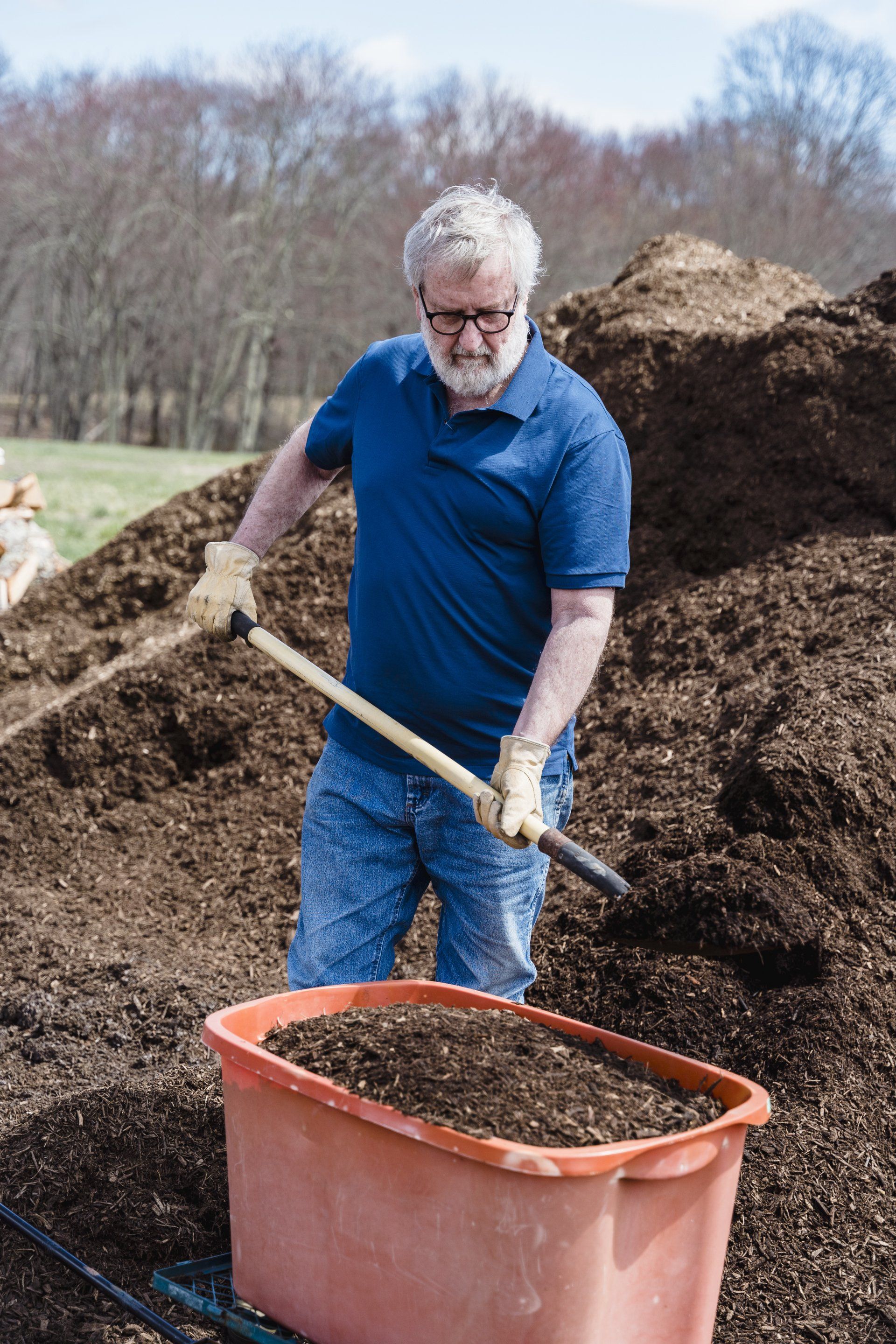Bringing Soil Back to Life
How Biological Inoculants Restore Depleted Pastures

The Challenge of Declining Soil Health
Soil is the foundation of every successful agricultural operation, but for many ranchers, keeping pastures productive is an ongoing battle. Years of intensive grazing, drought, and soil depletion can leave fields unable to sustain forage production, forcing tough decisions about herd size and profitability.
That’s exactly where Devan Nelsen of Five Star Hereford Ranch found himself. With failing pastures and declining soil quality, he was considering selling off his herd—until he was introduced to a soil-first approach using Bio S.I.’s biological inoculants, paired with soil testing from TPS Lab.
The result? Instead of giving up on his land, he restored it. Over the course of five years, his pastures transformed from struggling to sustainable, productive grazing land.
This isn’t just one success story—it’s a demonstration of how understanding and managing soil biology can make all the difference.
What Are Soil Inoculants, and Why Do They Work?
Soil inoculants are biological products that introduce beneficial microbes into the soil—specifically, bacteria and fungi that play critical roles in nutrient cycling, organic matter decomposition, and root health.
Unlike synthetic fertilizers, which supply nutrients directly, biological inoculants improve the soil’s natural ability to unlock, retain, and cycle nutrients over time.
The key benefits of these microbial inoculants include:
- Breaking Down Organic Matter – Soil microbes convert plant residues into stable organic compounds that improve soil structure and nutrient retention.
- Fixing Atmospheric Nitrogen – Certain bacteria, like rhizobia and free-living nitrogen fixers, pull nitrogen from the air and convert it into plant-available forms.
- Solubilizing Nutrients – Microbial activity releases phosphorus and other minerals locked in the soil, making them available to plant roots.
- Restoring Microbial Balance – Overuse of synthetic fertilizers and herbicides can disrupt soil microbiology. Inoculants help rebuild a thriving microbial population.
- Improving Soil Structure & Water Infiltration – Fungal networks and microbial exudates enhance soil aggregation, reducing compaction and increasing moisture-holding capacity.
For pastures and grazing lands, these biological functions are essential for long-term sustainability. Without an active microbial community, soil depletes rapidly, forage struggles, and drought conditions hit harder.
Why Soil Testing Is Critical Before Applying Biological Inoculants
While soil inoculants offer tremendous benefits, they are not a one-size-fits-all solution. Their effectiveness depends on the existing soil conditions, including:
✅ Soil pH: Microbial populations thrive within specific pH ranges. If the soil is too acidic or alkaline, microbial effectiveness is reduced.
✅
Nutrient Imbalances: If key nutrients like phosphorus, potassium, or sulfur are missing, inoculants won’t have enough raw materials to cycle effectively.
✅
Soil Organic Matter Levels: Microbial life depends on organic carbon sources. Depleted soils often require organic amendments alongside inoculants.
✅
Compaction & Aeration Issues: If soil is heavily compacted, beneficial microbes struggle to establish themselves and interact with plant roots.
This is why soil testing is a critical first step. By analyzing nutrient levels, organic matter, and pH, we can determine what corrections need to be made before inoculants are applied—ensuring they work to their full potential.
At TPS Lab, we don’t just provide test results—we provide actionable recommendations based on your specific soil conditions and production goals.
How to Use Soil Inoculants for Maximum Benefit
Simply applying a microbial inoculant isn’t enough. The right application strategy can mean the difference between average results and full pasture restoration.
1️⃣ Test the Soil First – Before applying inoculants, identify limiting factors (pH, compaction, nutrient deficiencies) so you can address them.
2️⃣ Apply Inoculants at the Right Time – Microbial products work best when soil temperatures are moderate (above 55°F) and there is adequate soil moisture. Dry conditions can slow microbial activity.
3️⃣ Pair with Regenerative Practices – To maximize microbial longevity, implement practices like rotational grazing, reduced tillage, and organic amendments to support biological activity.
4️⃣ Be Consistent – Soil biology doesn’t change overnight. A multi-year plan ensures the microbial population is built up and sustained over time.
5️⃣ Monitor & Adjust – Follow up with soil testing to track improvements and make adjustments as needed. Soil is dynamic, and continual assessment ensures long-term productivity.
Long-Term Benefits for Ranchers & Farmers
For ranchers like Devan Nelsen, soil restoration meant keeping his herd, improving pasture quality, and reducing input costs over time. Instead of fighting against nature, he worked with soil biology to bring back the natural productivity of his land.
This approach isn’t limited to grazing operations—it applies to row crops, orchards, and regenerative farming systems alike. The science is clear: when soil microbes thrive, the entire agricultural system benefits.
If your land is struggling with declining fertility, poor water retention, or weak forage growth, there is a solution.
📞 Call TPS Lab at 956-383-0739 or visit 🌎 www.tpslab.com to get started with a soil health plan tailored to your operation.
💬 Have questions? Drop a comment below or share your experience with soil inoculants!



